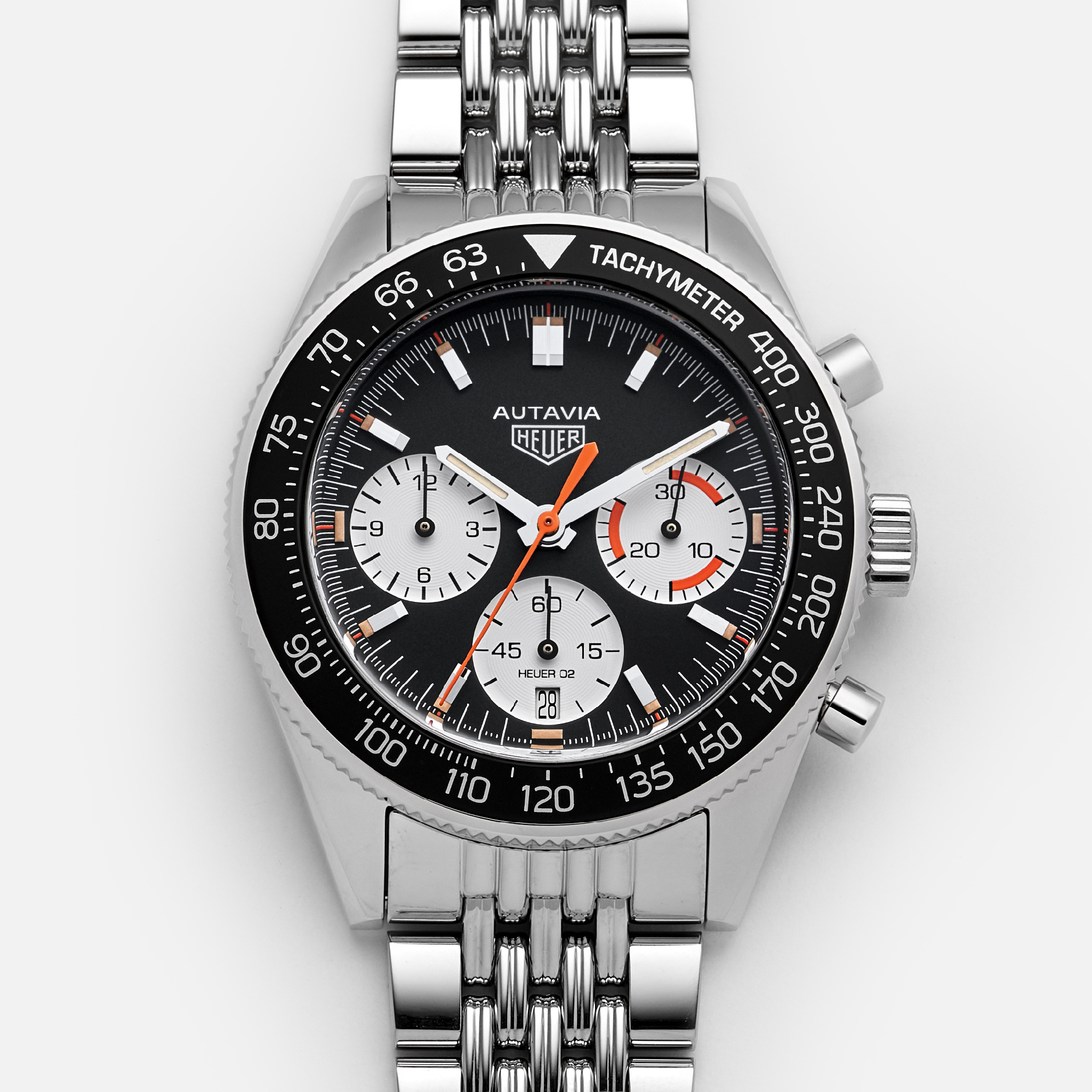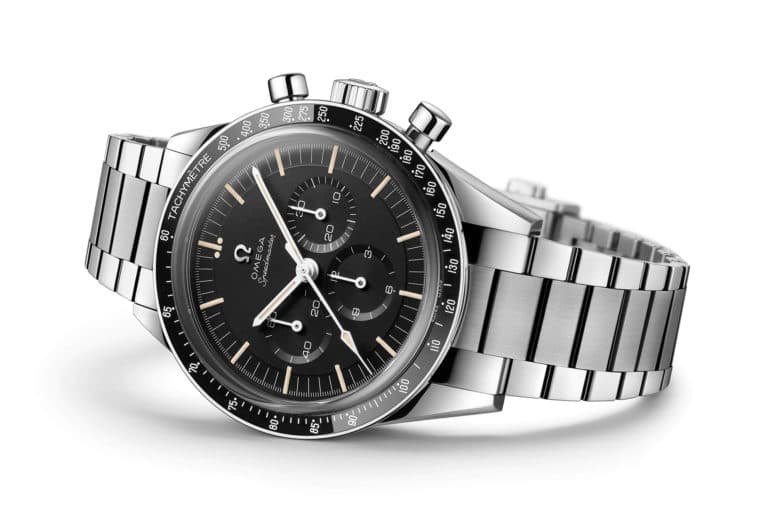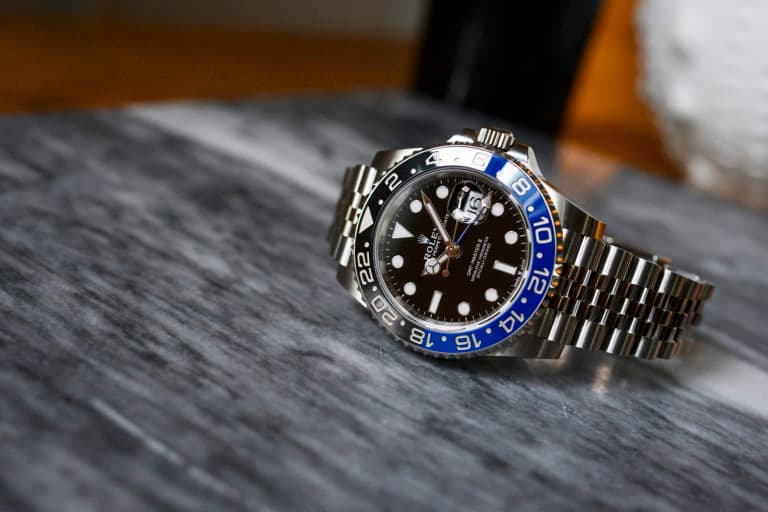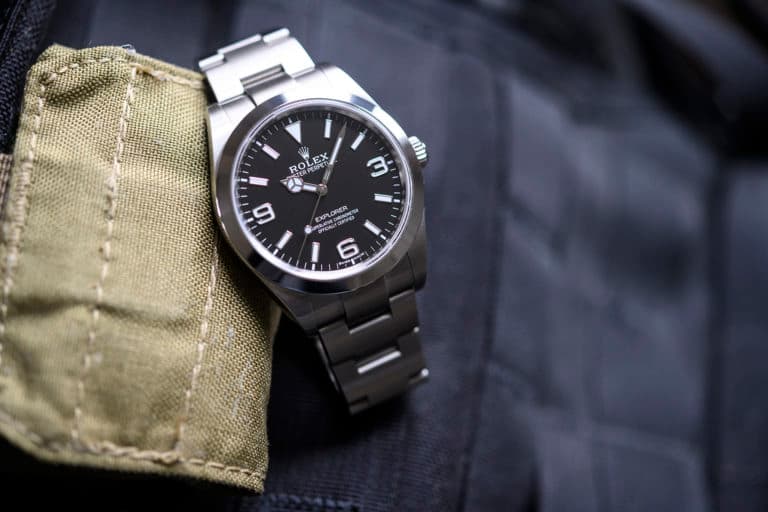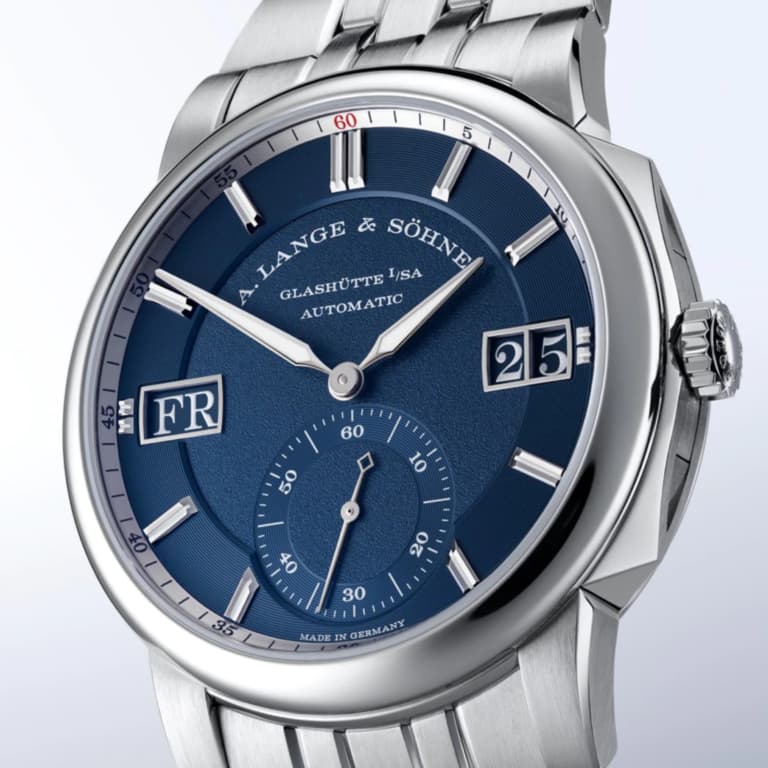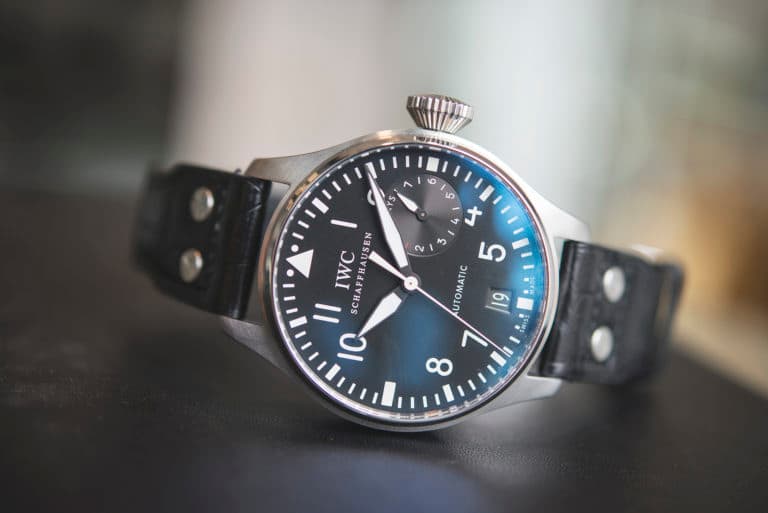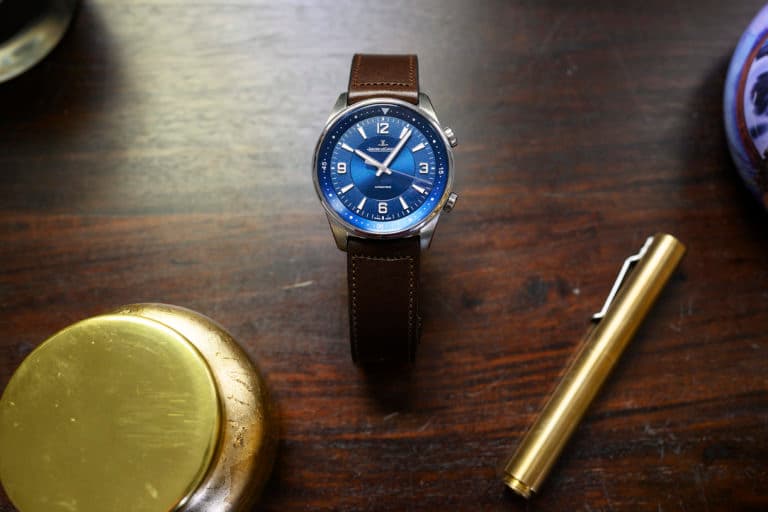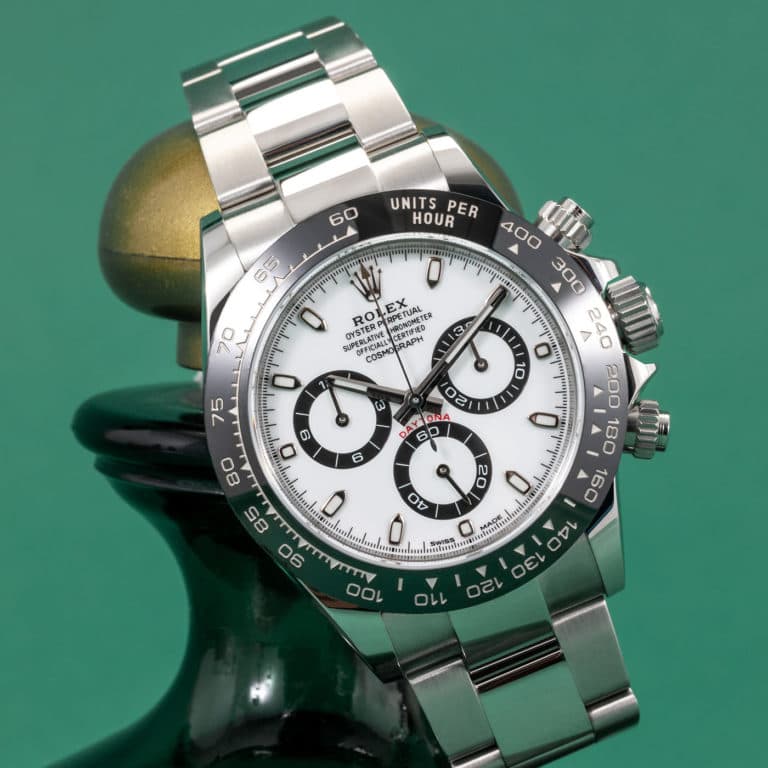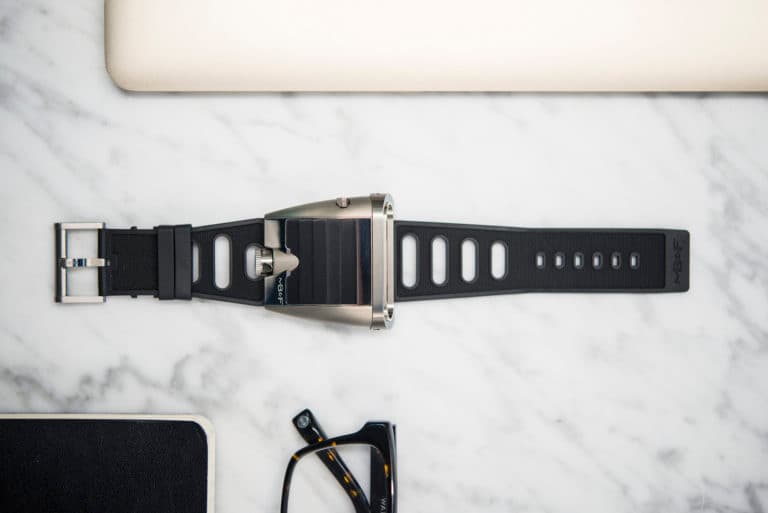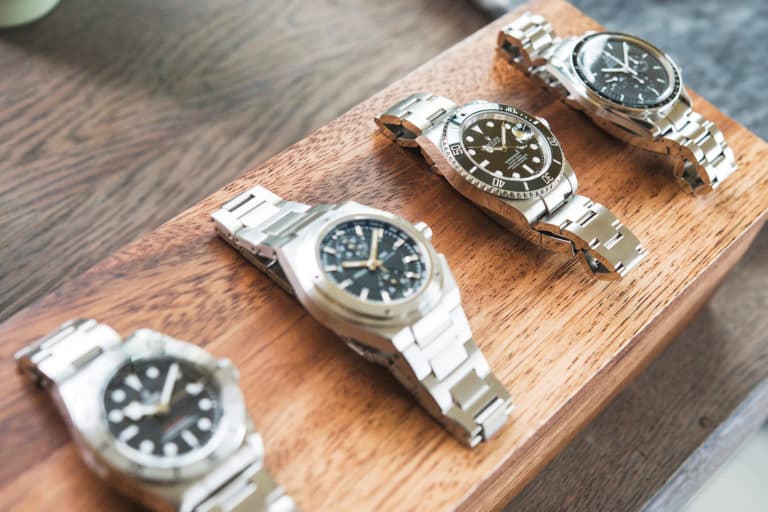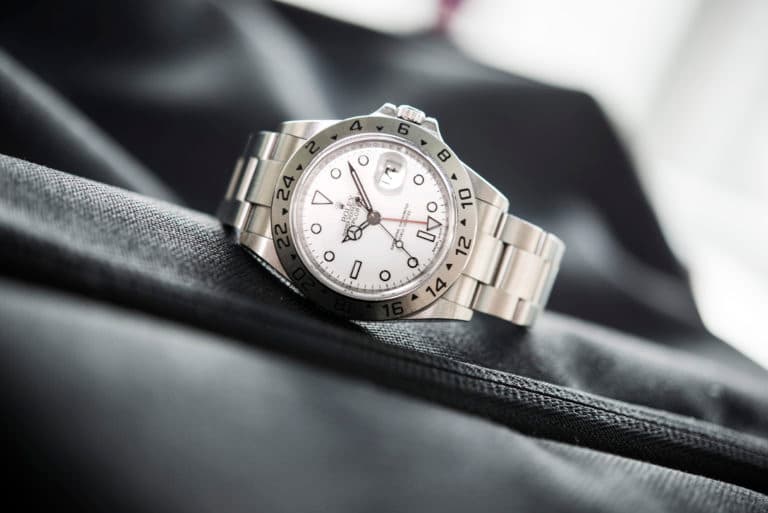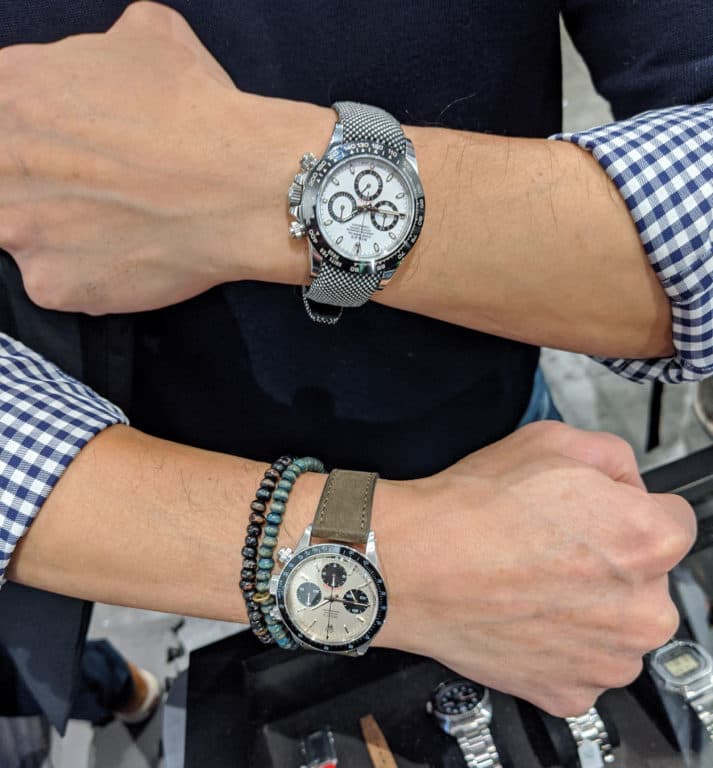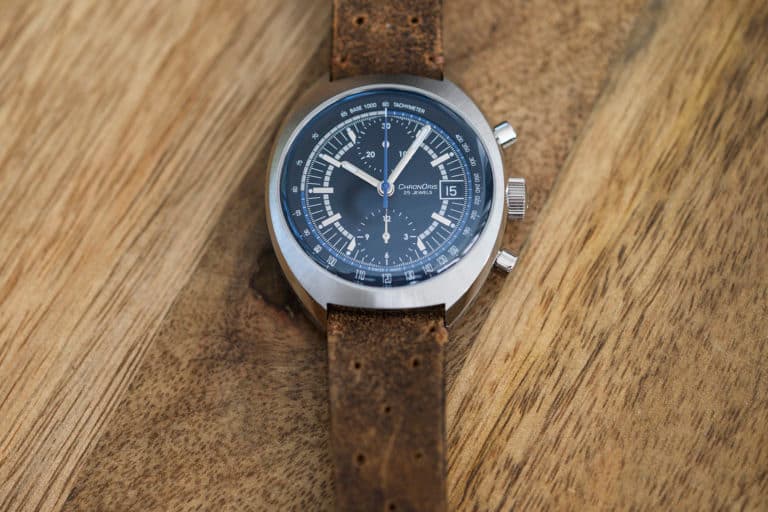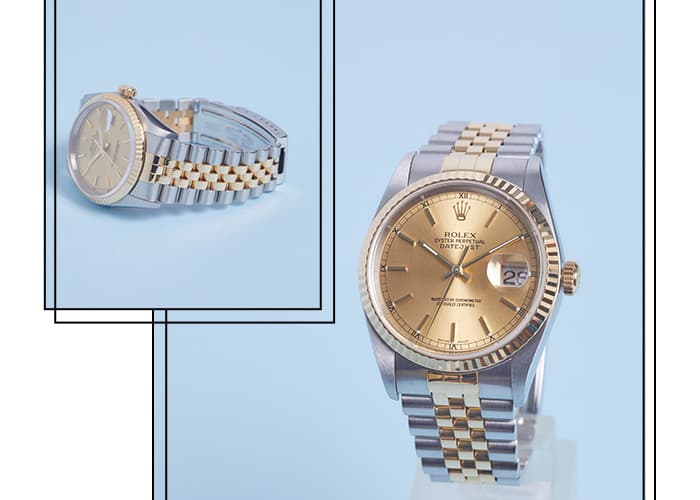Watch brands have been in the throws of a nostalgia revival in recent years, with throwbacks and re-issues comprising the biggest releases each season, often to much fanfare. Not every brand has been eager to take part in the trend, but those that have are leveraging the designs of yesterday to rebuild themselves and, in some cases, resurrect themselves. The degree to which throwback watches are successful in the eyes of collectors and enthusiasts largely comes down to execution. Let’s check out a few examples.
There are two methods which brands generally employ in their creation of throwback watches: the first brings vintage cues to an existing platform, such as applying pre-aged lume to the hour markers, or using bronze cases; the second is bringing a heritage design back to market, either as a 1:1 recreation, or as heavy inspiration. In some rare cases, an historic model is brought back without any faux aging, but rather as a new model, such as the Polaris from Jaeger-LeCoultre.
For a throwback watch to really work it should capture the same intent as the original, and present it in a modern context. The most effective way of achieving this is honoring the case dimensions. Two beautifully executed watches with historic roots are the TAG Heuer Autavia, and the Tudor Heritage Chronograph. Each capture the look and feel of their predecessors, but each add undo case thickness to the equation, thus missing a bit of the charm that made the original watches classics. We love both watches, but each would be trading a fair bit closer to retail, were greater attention paid to these kinds of details.
Omega honored three of their most iconic timepieces for their 60th anniversary in 2017, rebuilding the original Speedmaster, Seamaster, and Railmaster to the exact specifications of they were released in (you can even buy the entire set). As with all of these throwbacks, the movements are built to modern quality standards. This is the more extreme end of the throwback trend, and tied in nicely to the anniversary.
Overall, throwback watches can serve as a meaningful tool to engage long time brand enthusiasts and collectors, but run the risk of alienating them at the same time if the execution doesn’t land where it needs to. They open the door to new buyers and showcase otherwise unseen heritage. So long as brands are careful to balance their re-issues and throwbacks with watches the push the brand forward, we don’t see any sign of this trend slowing down (case in point).








